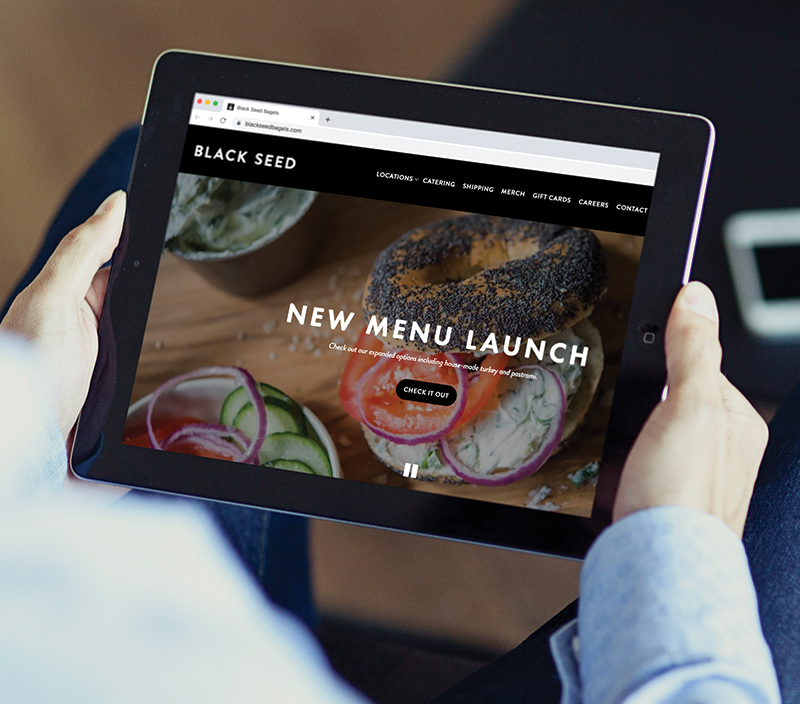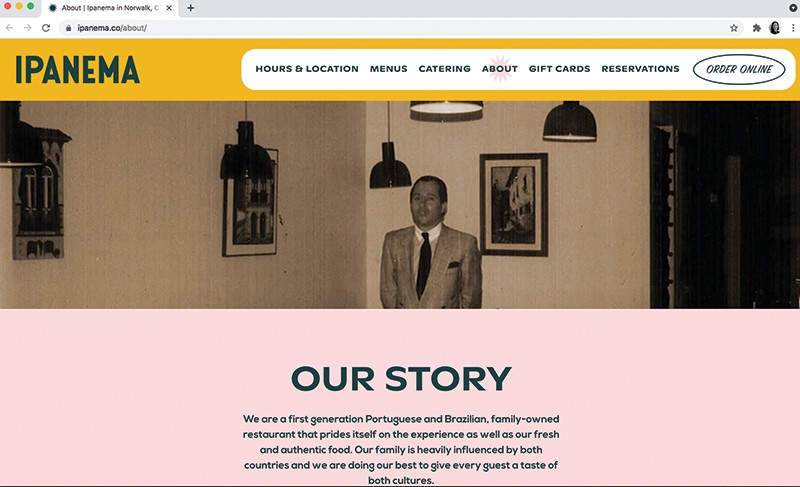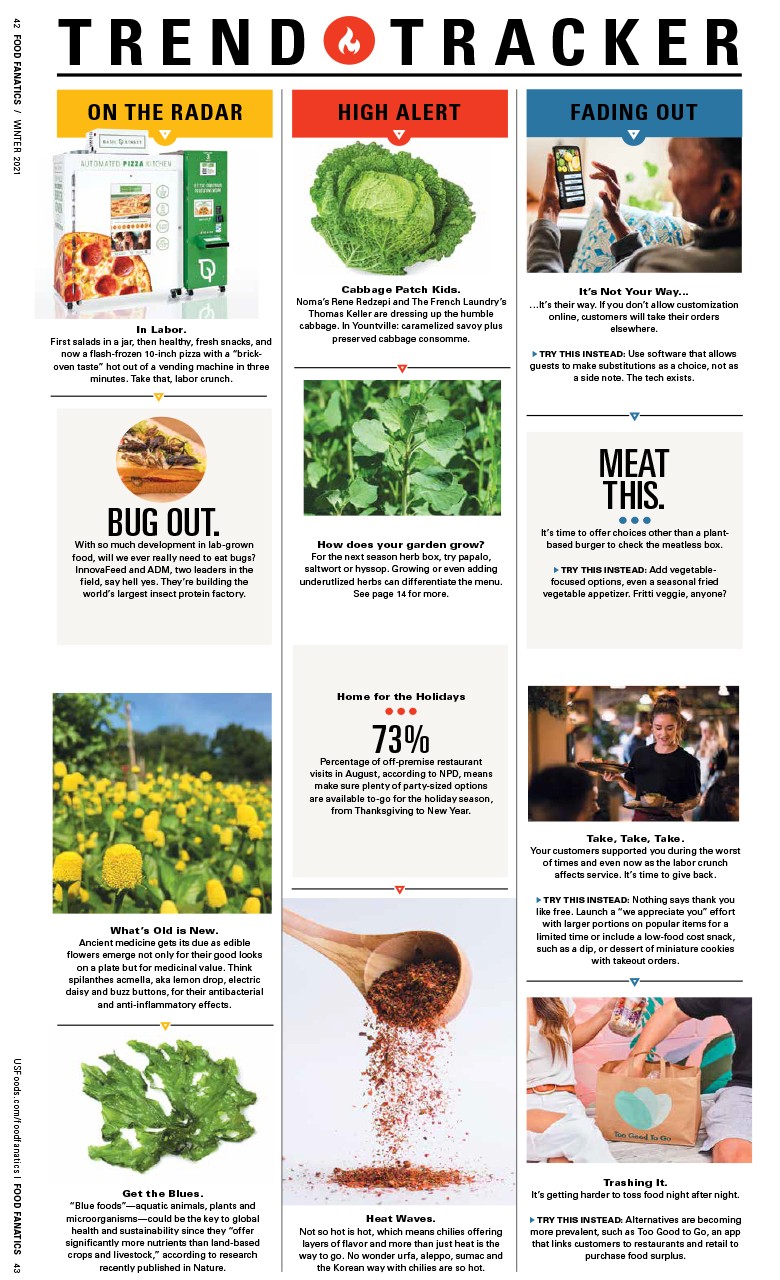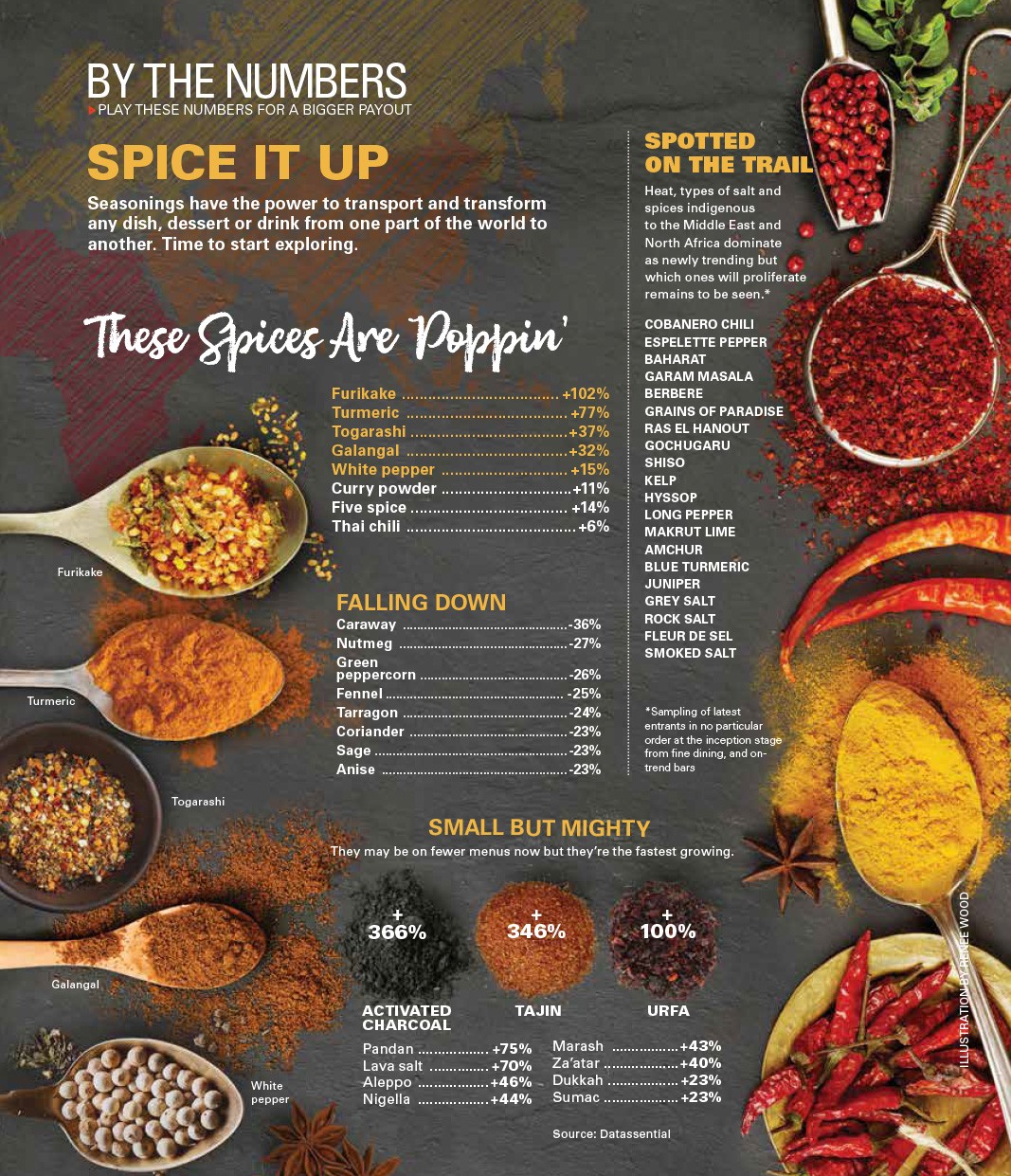Five Ways To Step Up Your SEO
Building SEO value for your restaurant begins with loving your website
 One of the simplest approaches to improving the bottom line is often the most overlooked: maximizing your website’s SEO, short for search engine optimization.
One of the simplest approaches to improving the bottom line is often the most overlooked: maximizing your website’s SEO, short for search engine optimization.
“It sounds obvious, but it’s so important to remember that SEO for restaurants means money,” says Pierre Drescher, co-founder of BentoBox, the agency behind dozens of restaurant websites. “Your business really does correlate to traffic. It’s all about taking advantage of a restaurant’s digital presence, which represents long-term value.”
Even a 10% boost in visitors to a restaurant’s website can translate to meaningful gains. “The margins are so thin with restaurants that the difference between a good month and a bad month can be a few thousand dollars,” he says. “In a small business, you have to pull all the levers.”
Fortunately, improving SEO is not difficult and even minor tweaks can yield results. Here are a few simple strategies that can make a lasting impact.
1. Pay attention to keywords, but don’t overdo it.
Google Trends, a free service which can identify popular search terms in your city or region, is the first step for any business-owner in building an SEO strategy. Still, Boris Zilberman, an SEO consultant, cautions operators to resist the urge to cram the phrase “Italian restaurant” into every other sentence.

“That’s called keyword stuffing. It’s like you’re trying to get as many clowns in the car as you can,” he says. “It’s not very effective for SEO, since Google sees through that, and it doesn’t make for a good user experience.” Instead of trying to game the system, incorporate a few keywords here and there, but make sure your content feels authentic.
2. Don’t sleep on Google My Business.
“Google My Business is gaining importance all the time. For local SEO, which every restaurant is concerned with, it’s as or more important than the website itself,” Zilberman says. With Google My Business, operators can let customers know if their restaurant is wheelchair-accessible, or Black-owned, which can help it rank for those search terms. “I’ve never seen a client in the restaurant industry that doesn’t have room for some optimization in the Google My Business area,” Zilberman says.
3. Great visuals translate to effective SEO.
While SEO is largely driven by text, striking graphic design and smart branding still play a crucial role. “Part of SEO is creating a really sweet visual language and coming up with a brand that has a lot of personality,” says Alex Ostroff, founder and creative director at Saint Urbain, the branding agency behind popular restaurants like Black Seed Bagels.
 “People from Bon Appetit, Food & Wine and other websites will write about my clients because of the branding.” One of his recent clients is Milu, a modern Chinese concept that’s earned nods from New York Magazine and The New Yorker. “The food is delicious, but people wouldn’t be talking about it without the design. That leads to great SEO,” Ostroff says. Eye-popping visuals can even pay off on social media platforms like Pinterest.
“People from Bon Appetit, Food & Wine and other websites will write about my clients because of the branding.” One of his recent clients is Milu, a modern Chinese concept that’s earned nods from New York Magazine and The New Yorker. “The food is delicious, but people wouldn’t be talking about it without the design. That leads to great SEO,” Ostroff says. Eye-popping visuals can even pay off on social media platforms like Pinterest.
“We’ve found that awesome photography of people, say, a chef or a food server doing something active, got a lot of engagement on Pinterest,” Zilberman says. “That’s traffic going back to your website.”
The food is delicious, but people wouldn’t be talking about it without the design. That leads to great SEO.
-Alex Ostroff, founder and creative director at Saint Urbain
4. Think local.
With rare exceptions, most diners are searching for restaurants within their immediate area, which is why it’s important to let search engines know your location. “Google is not going to show your result outside of your service area, which means you want to make your restaurant copy as local as possible,” Zilberman says. “On the ‘About’ page, talk about the neighborhood, your roots in the city or the region and try to make it feel like part of the community. Not only will your users like that, but also it will yield better Google results.”

5. Give the people the information they want.
 “More and more, SEO is going in the direction of making sure that you provide a great user experience because Google’s algorithm is increasingly paying attention to that,” says Drescher. That means the search engine will favor websites that are intuitive to navigate and make it easy to locate a restaurant’s opening hours, menu, phone number and address. “If you go to a restaurant website and it asks you to download a PDF of the menu, that’s not an ideal user experience for modern phone users,” Zilberman says. “It’s inorganic. It’s an extra step. If you have the content of your menu as text on your page, then Google can read it.”
“More and more, SEO is going in the direction of making sure that you provide a great user experience because Google’s algorithm is increasingly paying attention to that,” says Drescher. That means the search engine will favor websites that are intuitive to navigate and make it easy to locate a restaurant’s opening hours, menu, phone number and address. “If you go to a restaurant website and it asks you to download a PDF of the menu, that’s not an ideal user experience for modern phone users,” Zilberman says. “It’s inorganic. It’s an extra step. If you have the content of your menu as text on your page, then Google can read it.”



